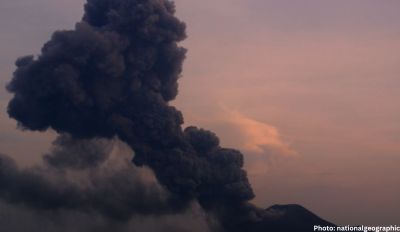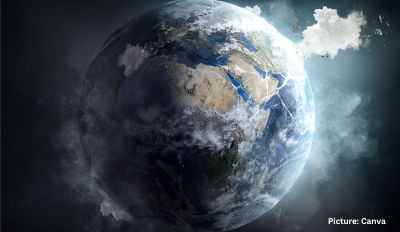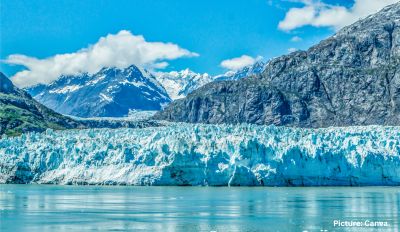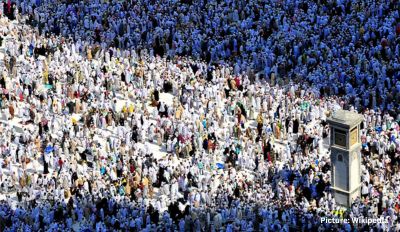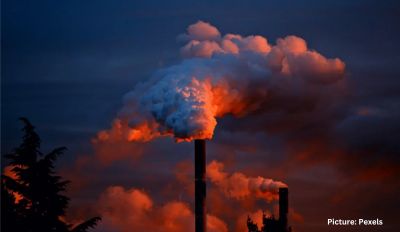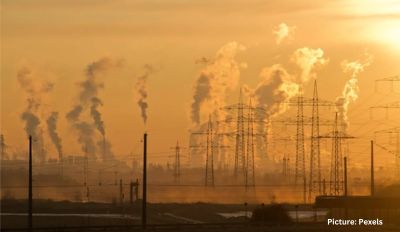Newswise — Hot days followed by sweltering nights without any temperature relief in between might become a new norm towards the end of the 21st century. Researchers from the University of Zurich have analyzed the frequency, intensity and length of such extreme events for five Swiss cities. Lugano and Geneva would be most affected.
Climate change is making extreme weather events such as heat waves, floods and droughts more frequent and intense. The hot summers in recent years already had severe impacts on human health, particularly in cities, due to heat accumulation during the day and lack of cooling at night. Such compound concurrent hot day and night extremes are of greater concern for health than individual hot days or hot nights, and they will become longer lasting and more pervasive in Swiss cities in the future, as a UZH study shows.
Heat waves might become up to eight times more frequent
Researchers from the Department of Geography have investigated how adaptation options and various future scenarios affect the frequency and intensity of compound concurrent hot day and night extremes in the five Swiss cities Basel, Bern, Geneva, Lugano and Zurich. Their projections suggest that the frequency of compound extreme heatwaves, exceeding previous day and night temperature highs, could increase by up to 7.8-fold and that their duration might increase by up to 5.3-fold in all cities in Switzerland by the end of century. “Our findings underline the need for Swiss cities to adapt to extreme heatwaves by reducing daytime heating, improving cooling at night and strengthening the resilience of the population toward more severe heatwaves,” says first author Saeid Ashraf Vaghefi.
Three metrics applied on three time periods
In their study, the researchers defined three metrics to analyze heat waves: a) the annual number of concurrent hot days and nights, where the threshold for both day and night is exceeded, b) the annual frequency of such events, where the threshold is exceeded for at least two days in a row, and c) the duration of the events. These metrics were combined with three emission scenarios (low, moderate, high) and adapted to three time periods of 30 years each: the past (1980–2020), the near future (2020–2050) and the distant future (2070–2100).
Lugano and Geneva are more strongly affected
The results demonstrate a significant rise in the number of hot day and night events in all cities, but more notably in the cities at low latitude. The highest increase occurs in Lugano with 65.8 days in the past period, 110 days in the near future and 371 days in the distant future, followed by Geneva with 48 days in the past, 108 and 362 in the near and distant future respectively. Still significant, but less pronounced, are the increases in Basel (48/74/217 days), Bern (15/44/213 days) and Zurich (14/50/217).
“In our study, the projections consistently show that the compound hot day and night extremes will become more likely and more intense in all cities and under all emission scenarios, but notably significant under high emissions scenarios and after the 2050s,” says Vaghefi. “A hot day followed by a hot night without relief may become a new norm towards the end of the century. Therefore, we suggest that policymakers and stakeholders perform a systematic adaptation analysis prior to the implementation of any adaptation options.”
In an ongoing project, UZH researchers are investigating how different adaptation measures such as increasing vegetation density, improving usage of existing water bodies, reducing anthropogenic heat by using green and renewable energy, and changing the hours of outdoor activities can help to manage the thresholds of different drivers of extreme events.
South Asia’s Most Cutting-Edge Artists To Be Featured In New York
Even as artists of color begin to gain a foothold in the upper echelons of the art world, naming widely celebrated Asian diasporic artists with cemented legacies in the art historical canon remains challenging. Oftentimes, it feels as though we’re constantly excavating long overlooked or ignored artistic practices.
Some of the rising artists of the Asian diaspora are currently based in the United States. Many of these artists have been experiencing substantial career momentum in recent months, exhibiting in art institutions or international biennials one after the other. Some have honed their craft and bypassed educational barriers, exhibiting in solo shows at leading galleries without an MFA, and sometimes even without a BFA.
Techné Disruptors, an upcoming exhibition from the Global South that will focus on works by South Asia’s most cutting-edge artists will be held in New York for 3 long weeks starting September 12. Along with it, the Jaipur Literature Festival (JLF), New York is also set to commence on the same day.
Curated by curator Myna Mukherjee, the exhibition will showcase some of South Asia’s leading artists. The works that will be displayed are hand-picked from NFT (Non-fungible token) collections and are curated by international curator and cultural producer Myna Mukherjee at the India Habitat Centre, Delhi, with the support of the American Center & Italian Embassy Cultural Center.
The exhibition begins with the opening panel for the Jaipur Literature Festival in New York City titled ‘State of the Contemporary: NFTs and the Global South’. There will also be panel discussions and participation from mainstream institutions, including MIT Media Labs, MoMa Web3 and Polygon Studios. Mukherjee, an MBA from Carnegie Mellon University, is a trained Odissi dancer, cultural producer and curator, speaking about the exhibition.


